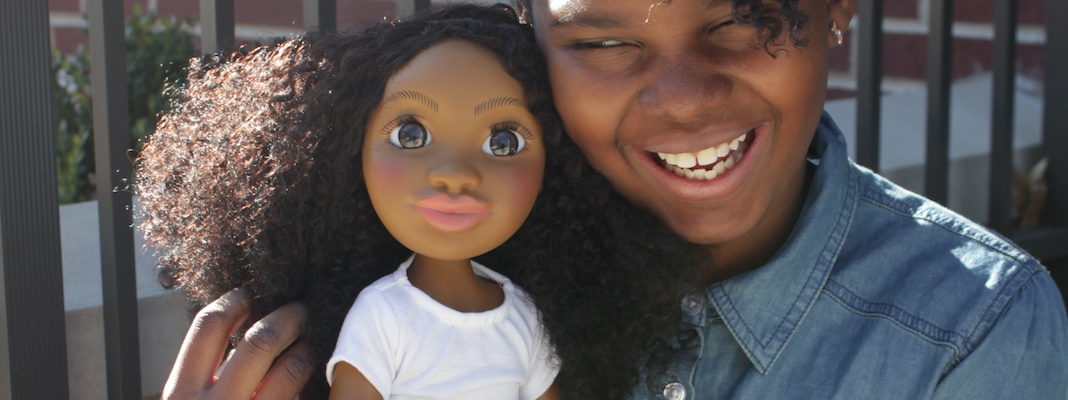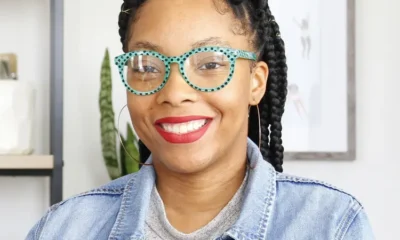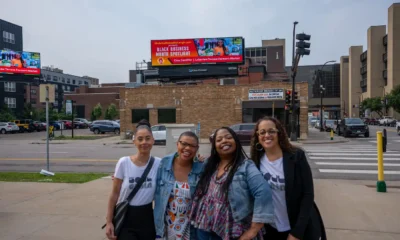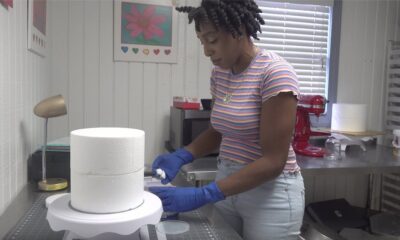Black Women in Business
Healthy Roots Dolls Wants Girls of Color to See Themselves in Playtime
Toys are incredibly formative.
For Yelitsa Jean-Charles, founder and creative director of Healthy Roots Dolls, it was this knowledge — and her enduring childhood frustration that the dolls on the shelves didn’t capture the likeness of her or her friends — that inspired her to make her own.
“Growing up, I didn’t see a lot of girls on TV that looked like me being represented positively or considered beautiful,” she said. “I had a lot of experiences with colorism and internalized racism that shaped my perception of beauty and confidence.”
She told a story about receiving a black Barbie doll one year for Christmas as a child, shocking her parents when she cried. “It wasn’t the pretty one,” she had told them. “It wasn’t until I got to college that I started to unpack these issues I had with my natural hair texture and skin tone.”
Jean-Charles’ college experience at the Rhode Island School of Design was transformative in many ways. “I started to embrace and love my blackness after learning from other black women on campus,” she said. After one friend went for the “big chop” and cut off all her hair so as to avoid perming it, Jean-Charles began thinking about how she didn’t even really know what her own natural hair looked like, because she was always straightening it. “Not only that, but at 20 years old, I didn’t even know how to do my hair!”
It’s important to note two things here: one, that there is significant historical and political context around black hair. Chemically treating black hair “…over natural styles has its roots in the structural and systemic regulation of black women’s bodies,” writes Brittany Cooper in a piece for Salon. “Black hair is political.”
And two: so are toys, especially dolls. “Toys influence how we think, act and see ourselves,” Jean-Charles said.
She referenced the “doll test,” a study conducted in the 1940s by psychologists Kenneth and Mamie Clark. It looked to study the effects of segregation on African American kids, using four dolls, all exactly the same, save their color. The Clarks asked participants (black children aged three to seven) to choose their favorite one and describe it. The white dolls received overwhelming favoritism and praise, while black dolls were derided for their perceived “ugliness.” The study ultimately found that “‘prejudice, discrimination, and segregation’ created a feeling of inferiority among African-American children and damaged their self-esteem.”
Jean-Charles broke it down further: “Kids need to see positive representation, and with over 50 …
Please read original article- Healthy Roots Dolls Wants Girls of Color to See Themselves in Playtime






























